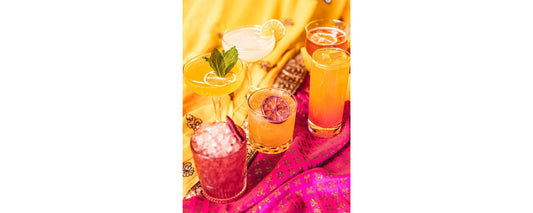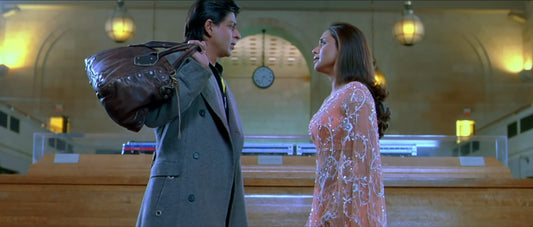It’s pretty common knowledge among New Haveners that the large, white farmhouse located at 325 Lighthouse Road in Morris Cove is some sort of historical landmark.
But did you know that it was burned by British troops in 1779?
On a warm though decidedly less fiery afternoon two Sundays ago, the New Haven Museum opened the Pardee-Morris House’s doors for the season. The occasion was marked with a day of activities fusing past and present, including lawn games, a scavenger hunt and guided tours of the historic home.
As you’ll discover if you take such a tour—visiting the house is free and open to the public on Sundays between 12 and 4 p.m. through August 25th—there’s a lot to learn, and, keeping pace with its varied past, the 6,000 square-foot home is still evolving. That evolution includes hosting a number of entertaining events throughout the summer, from concerts to lectures.
sponsored by
“I want it to grow,” says Michelle Cheng, Education Director at the New Haven Museum. “Last year it was about the colonial period,” she says, describing educational events held at the house. “This year I want it to go beyond that.”
The homestead was indeed built during colonial times— sometime between 1744 and 1769, according to not quite exacting historical records—by an uncle of Amos Morris, who then inherited the house. William Pardee, “a descendant” of the Morris clan, acquired the home in 1915 from another Morris inheritor, and, by their surnames combined, the Pardee-Morris House got its present title.
Likely the most dramatic tale from the house’s long history is that British attack of July 5, 1779, when British troops, in an effort to “draw out the rebels” in colonies to the south, sailed into the Sound, sneaked onto land and set the Pardee-Morris House, as well as several other structures in the area, alight.
The soldiers planned to burn the entirety of New Haven, but things didn’t go accordingly, says Cheng. Ill-prepared for July in New Haven, the redcoats wore heavy wool suits, making them tired and slow and allowing other parts of the city to prepare and fight back. As a result, the city’s damages and losses only amounted to a handful of homes.
The Pardee-Morris House experienced much happier times when, sometime after the Civil War, and having long been rebuilt post-fire, it served as a boarding house during summers. Guests enjoyed the nearby beach and amusement center on Lighthouse Point.
When William Pardee purchased the house in 1915, he added some “modern conveniences”—like a bathroom on the second floor. He later willed the house to the New Haven Colonial Historical Society, now known as the New Haven Museum.
The Society arranged for the house to be restored by J. Frederick Kelly, who literally wrote the (okay, a) book on the subject (Early Domestic Architecture of Connecticut), and who worked on the project from 1937 until his death 10 years later. It was subsequently furnished and toured as a colonial home with a caretaker on the premises, until the mid-2000s when a basement flood required the removal of the house’s furniture. The house’s rooms have been largely empty since.
But there’s a benefit in that, says Cheng. Unlike many historical homes that are copiously roped-off to preserve the furnishings, visitors to the Pardee-Morris House can get up-close to view the structure’s bones and scars—how it was built (and rebuilt). “You can see how it grew over time. You can see from the inside how that happened,” she says.
In addition to those regular Sunday afternoon hours, numerous events are planned. The Twilight Concert series, on select Wednesday evenings, features local musical acts on the lawn. Bring a blanket or lawn chair, and an appetite: at the next concert, on June 19th, Frank Andrews Mobile Kitchen will be dishing out wood-fired pizza from an on-site oven.
Speaking of food, “In Season,” scheduled for the second Sunday of coming months, is a series of talks about locally grown victuals. Meanwhile, on the fourth Sunday of each month, colonial-themed arts and crafts sessions for kids—making yarn dolls and figure silhouettes, and learning counted cross-stitching—will be available for drop-in learning.
These are all good reasons to drop in on the Pardee-Morris House. Given the New Haven Museum’s commitment to reinvigorating the city’s relationship with the landmark, there’s no time like the present.
Pardee-Morris House
325 Lighthouse Road, New Haven (map)
(203) 562-4183
www.newhavenmuseum.org/…
Written and photographed by Cara McDonough.








